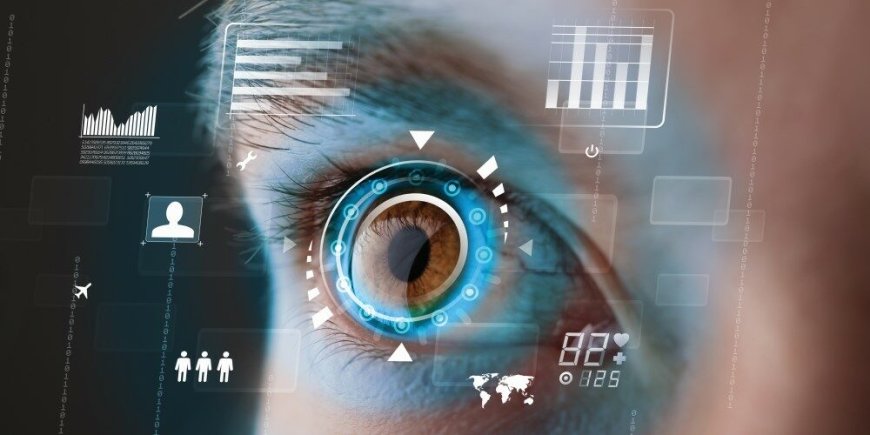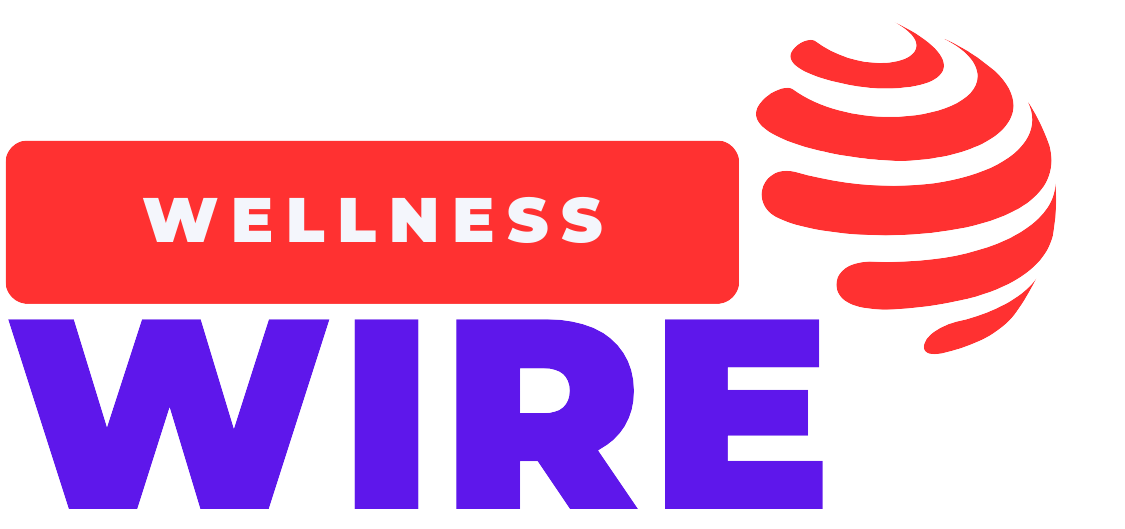Face Off or Fingerprint? Unpacking the Truth About Biometric Security
Explore the pros and cons of biometric security, including fingerprint and facial recognition technology. Learn how it works, where it excels, and where it raises red flags.

Biometric Security: The Pros and Cons of Fingerprints & Face Recognition
In today’s digital-first world, we unlock our phones with a glance and secure bank accounts with a simple touch. Biometric security—using physical or behavioral characteristics to verify identity—has quickly become part of our daily lives. Whether it's fingerprint scanners at airports or facial recognition for online payments, the convenience is undeniable. But as with any technology that deals with personal data, the stakes are high.
So, is biometric security truly the silver bullet for data protection, or are we trading privacy for ease?
Let’s dive into the real-world pros and cons of fingerprints and face recognition, and what it means for your personal security.
What Is Biometric Security?
Biometric security refers to authentication techniques that rely on unique physical or behavioral characteristics to identify individuals. The most common forms include:
-
Fingerprint recognition
-
Facial recognition
-
Iris scans
-
Voice recognition
-
Palm veins
-
Behavioral biometrics (like typing rhythm or gait)
In this article, we’ll focus on the two most widely used forms in consumer tech today: fingerprints and facial recognition.
Why Biometrics Are on the Rise
Passwords and PINs can be guessed, hacked, or forgotten. Biometric identifiers, on the other hand, are intrinsic to the individual—they can’t be lost or easily replicated.
As cybercrime grows more sophisticated, biometric systems promise a stronger, more personal layer of security. That’s why industries like finance, healthcare, travel, and even education are rapidly adopting them.
✅ The Pros of Fingerprint and Facial Recognition
1. Convenience and Speed
Biometrics are seamless. No need to remember complex passwords or carry ID cards. Whether it’s unlocking your iPhone or checking into a flight, a quick scan saves time.
Fun Fact: Apple claims Face ID is 20 times more secure than Touch ID for average users.
2. Improved Security (When Done Right)
Unlike PINs or passcodes, fingerprints and facial patterns are unique to each person. That makes brute-force attacks significantly harder. Plus, biometric data is often stored locally (like in Apple’s Secure Enclave), reducing risks associated with cloud breaches.
3. Difficult to Forge or Steal (Physically)
While no system is flawless, copying someone’s fingerprint or face in a usable way is far more difficult than stealing a password. This makes biometrics an effective first line of defense in multi-factor authentication setups.
4. Enhanced User Experience
For companies, adopting biometrics boosts both security and customer satisfaction. From mobile banking apps to workplace access, biometrics streamline the user journey without sacrificing protection.
⚠️ The Cons: What You Need to Watch Out For
1. Privacy Concerns and Surveillance
One of the biggest ethical red flags around biometrics—especially facial recognition—is mass surveillance. Governments and corporations can potentially track movements, behaviors, and identities without consent. This has sparked fierce debates about civil liberties.
Example: In 2019, San Francisco became the first major U.S. city to ban government use of facial recognition technology.
2. Data Breaches Are Still a Threat
If your password gets leaked, you can change it. If your biometric data is compromised? You’re stuck with it for life. Some systems store biometric data on centralized servers—making them juicy targets for hackers.
In 2019, over 1 million fingerprints and face photos were exposed in a breach of the BioStar 2 security platform.
3. Bias and Inaccuracy
Facial recognition systems have been shown to perform poorly on people of color, women, and the elderly. These algorithmic biases can lead to false positives and wrongful identification.
A study by the National Institute of Standards and Technology (NIST) found Asian and African American faces were up to 100 times more likely to be misidentified than white male faces.
4. Not Foolproof
Some biometric systems can be tricked with high-resolution photos, 3D masks, or fake fingerprints—especially lower-end consumer devices. While premium tech uses liveness detection, not all systems are built equally.
Fingerprint vs. Face Recognition: Which Is Better?
There’s no one-size-fits-all answer. Here’s a quick comparison:
| Feature | Fingerprint | Facial Recognition |
|---|---|---|
| Accuracy | High | High, but variable |
| Speed | Fast | Faster |
| Privacy Risk | Moderate | Higher (surveillance risk) |
| Usability | May fail with cuts, sweat | May fail in poor lighting or angles |
| Spoof Risk | Medium (with fake prints) | Medium (photos or masks) |
| Hardware Cost | Lower | Higher (needs cameras and sensors) |
Best Practices for Using Biometric Security Safely
-
Choose devices that store biometric data locally.
-
Enable multi-factor authentication—don’t rely on biometrics alone.
-
Use reputable apps and services with strong encryption and privacy policies.
-
Stay informed about your rights, especially in regions where biometric data laws are evolving.
The Legal Landscape
As biometric use grows, regulatory frameworks are playing catch-up. Key developments include:
-
GDPR (Europe) – Treats biometric data as sensitive personal data, requiring explicit consent.
-
India’s Personal Data Protection Bill – Includes provisions for biometric data classification.
-
Illinois’ BIPA (U.S.) – One of the toughest biometric privacy laws, giving individuals rights to sue companies for misuse.
Final Thoughts
Biometric security is here to stay—but it's not a magic solution. While fingerprints and face recognition offer speed, convenience, and stronger authentication, they also raise serious questions about ethics, bias, and long-term safety.
As users, we need to demand transparency and accountability from companies handling biometric data. And as a society, we must find a balance between innovation and individual rights.
In the end, the goal isn’t just to build smarter systems—it’s to build more ethical ones.
What's Your Reaction?
 Like
0
Like
0
 Dislike
0
Dislike
0
 Love
0
Love
0
 Funny
0
Funny
0
 Angry
0
Angry
0
 Sad
0
Sad
0
 Wow
0
Wow
0



















































